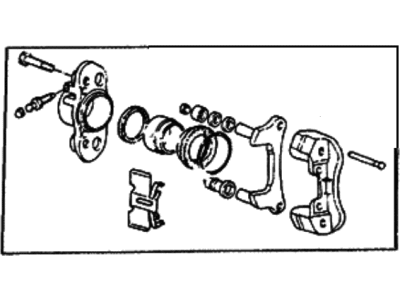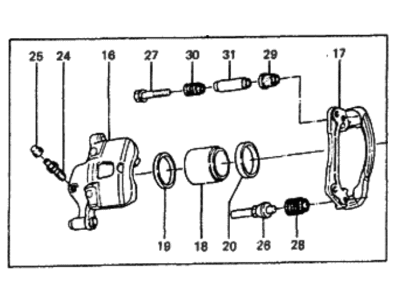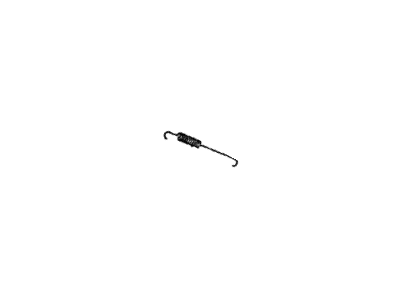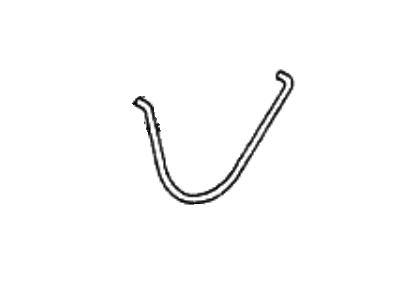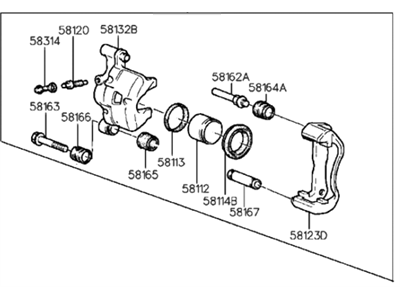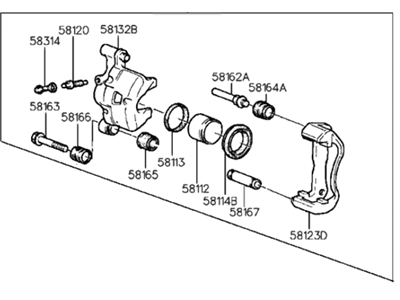×
- Hello
- Login or Register
- Quick Links
- Live Chat
- Track Order
- Parts Availability
- RMA
- Help Center
- Contact Us
- Shop for
- Hyundai Parts
- Hyundai Accessories


My Garage
My Account
Cart
Genuine Hyundai Excel Brake Caliper
Caliper- Select Vehicle by Model
- Select Vehicle by VIN
Select Vehicle by Model
orMake
Model
Year
Select Vehicle by VIN
For the most accurate results, select vehicle by your VIN (Vehicle Identification Number).
10 Brake Calipers found
Hyundai Excel CALIPER Kit-Front Brake,RH
Part Number: 58181-21300$215.33 MSRP: $302.53You Save: $87.20 (29%)Ships in 1-3 Business DaysHyundai Excel CALIPER Kit-Front Brake,LH
Part Number: 58180-32300$265.87 MSRP: $373.53You Save: $107.66 (29%)Ships in 1-3 Business DaysHyundai Excel CALIPER Kit-Front Brake,LH
Part Number: 58180-32A00$265.87 MSRP: $373.53You Save: $107.66 (29%)Ships in 1-3 Business DaysHyundai Excel CALIPER Kit-Front Brake,RH
Part Number: 58181-32300$265.87 MSRP: $373.53You Save: $107.66 (29%)Ships in 1-3 Business DaysHyundai Excel CALIPER Kit-Front Brake,RH
Part Number: 58181-32A00$265.87 MSRP: $373.53You Save: $107.66 (29%)Ships in 1-3 Business DaysHyundai Excel CALIPER Kit-Front Brake,LH
Part Number: 58180-21300$284.98 MSRP: $400.39You Save: $115.41 (29%)Ships in 1-3 Business DaysHyundai Excel Spring-Shoe Return,Lower LH
Part Number: 58311-21320$2.48 MSRP: $3.21You Save: $0.73 (23%)Ships in 1-3 Business DaysHyundai Excel Spring-Shoe Return,Lower LH
Part Number: 58311-21300$24.71 MSRP: $34.42You Save: $9.71 (29%)Ships in 1-3 Business DaysHyundai Excel CALIPER Kit-Front Brake,LH
Part Number: 58180-24A00$244.13 MSRP: $343.00You Save: $98.87 (29%)Ships in 1-3 Business DaysHyundai Excel CALIPER Kit-Front Brake,RH
Part Number: 58181-24A00$247.88 MSRP: $348.26You Save: $100.38 (29%)Ships in 1-3 Business Days
Hyundai Excel Brake Caliper
If you are looking for affordable high-quality OEM Hyundai Excel Brake Caliper, then you have come to the prime place. Our website provides a large amount of genuine Hyundai Excel Brake Caliper at unbeatable prices. All our parts come backed with the manufacturer's warranty.
Hyundai Excel Brake Caliper Parts Questions & Experts Answers
- Q: How to replace brake calipers in pairs for front and rear disc brakes on Hyundai Excel?A:Always replace the calipers in pairs-never replace just one of them. This procedure applies to front and rear disc brakes. For front calipers, start by removing the cap from the brake fluid reservoir and siphoning off about two-thirds of the fluid into a container. Apply the parking brake, loosen the wheel lug nuts, raise the vehicle and support it securely on jackstands, and remove the front wheels. Depending on the model, remove the brake pads from the caliper and loosen the hose fitting at the frame bracket, or disconnect the Brake Line from the caliper by removing the inlet fitting bolt. Plug the end of the hose or line to prevent excessive fluid loss. Remove the mounting bolts and lift the caliper from the vehicle steering knuckle or its mounting bracket. To install, slide the caliper over the disc, aligning the threaded holes in the torque plate with the holes in the steering knuckle, and install the mounting bolts. Clean and lubricate the caliper pin with high-temperature disc brake grease, ensure the brake pads are in place, and slide the caliper upper mounting hole over the pin and pivot the caliper into place. Install the lower mounting bolt and connect the brake hose or line, using new sealing washers on each side of the inlet fitting. Tighten all bolts and fittings to the specified torque. Bleed the brakes, install the wheels, lower the vehicle, and firmly depress the brake pedal a few times to bring the pads into contact with the disc. Inspect the caliper for fluid leaks and check brake operation before driving the vehicle in traffic. For rear calipers, release the parking brake and remove the clip from the Parking Brake Cable on the back side of the caliper assembly. Separate the parking brake cable from the lever on the caliper and unscrew the inlet fitting bolt to detach the brake line from the caliper. Plug the fitting to prevent fluid loss and contamination. Remove the caliper mounting bolts, pivot the caliper back, and slide it off. To install, reverse the removal procedure, making sure to replace the sealing washers on either side of the brake line fitting with new ones, and tighten all bolts and fittings to the specified torque. Bleed the brake system, install the wheels, lower the vehicle, and tighten the lug nuts.
